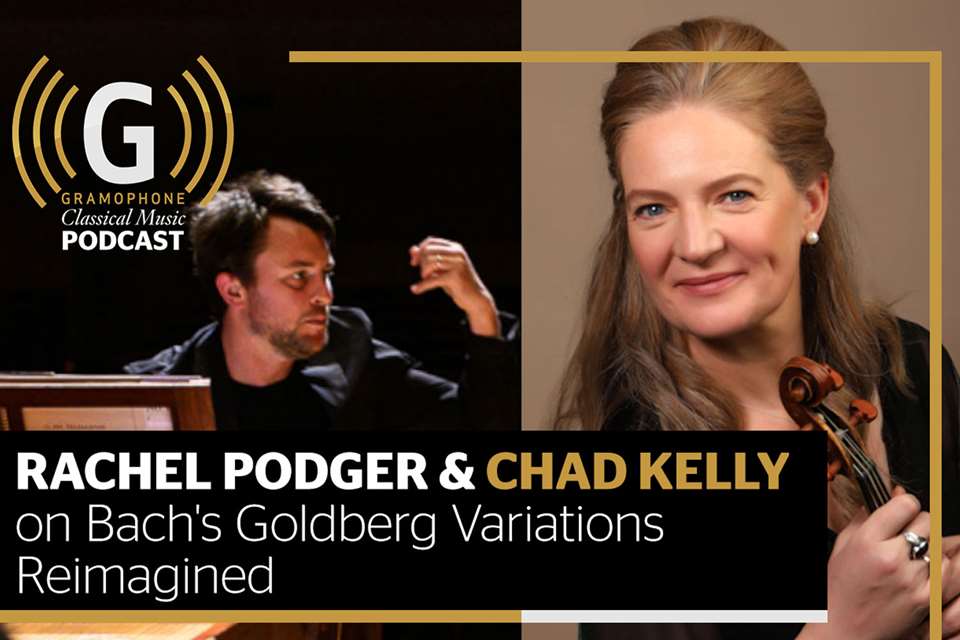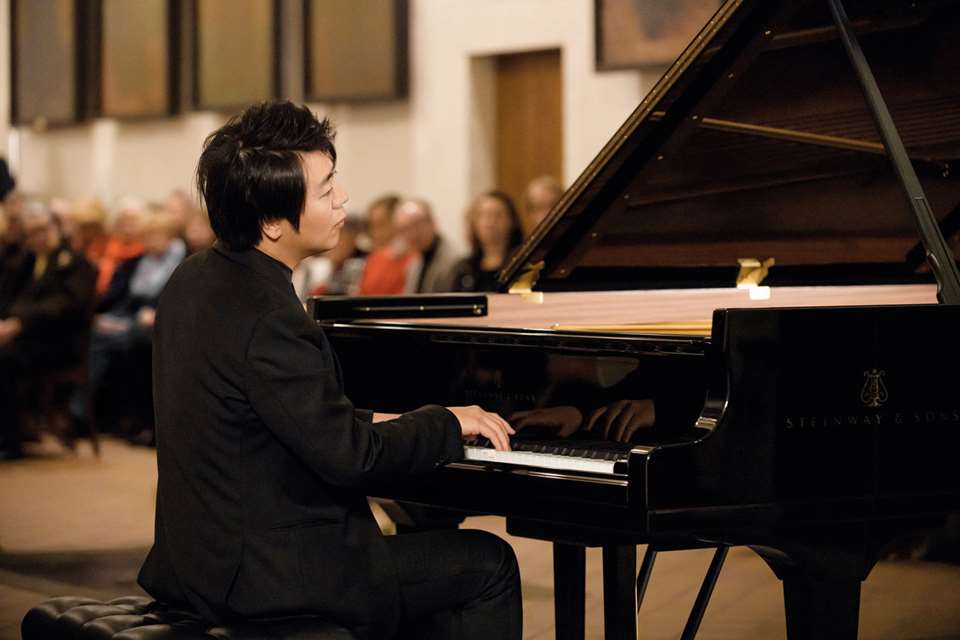The 50 best Johann Sebastian Bach recordings
Gramophone
Tuesday, January 7, 2025
50 of the finest JS Bach recordings available – complete with the original Gramophone reviews – featuring Glenn Gould, Angela Hewitt, Isabelle Faust, Murray Perahia and more
Register now to continue reading
Thanks for exploring the Gramophone website. Sign up for a free account today to enjoy the following benefits:
- Free access to 3 subscriber-only articles per month
- Unlimited access to our news, podcasts and awards pages
- Free weekly email newsletter













